Power In the Sea From the Sea; Hydrogen and the Prince Madog Ship
Follow articleHow do you feel about this article? Help us to provide better content for you.
Thank you! Your feedback has been received.
There was a problem submitting your feedback, please try again later.
What do you think of this article?
A while ago I wrote about emergent energy projects on Ynys Mon focussing on the wonderful symbiotic relationship of a couple of interesting and innovative examples. The first is the Morlais Project, which is a test bed for innovative off shore Tidal Energy production and the second, the Hydrogen Hub project generating Hydrogen only using renewable power mostly supplied by Morlais.
Shortly after meeting those projects and writing about them, there was an announcement that the Prince Madog, a research ship for Bangor Universities School of Ocean Sciences, was going to undergo a forward-thinking Hydrogen conversion, the very first of it’s kind. This ship whose home mooring is also on Ynys Mon will become a key customer for the Hydrogen Hub. In turn, this means that energy generated from the sea via the Morlais project in turn generates Hydrogen which in turn is used to power the Prince Madog. This is a lovely synergy has further depth when you consider that the work undertaken on the Prince Madog helps us to understand and ultimately care for the seas and oceans. It’s a lovely complimentary set of projects.
The Prince Madog is operationally managed by OS-Energy who specialises in this kind of work. Chatting to them, the benefits of the conversion, which will enable the vessel to run under hydrogen-generated electrical power or the current conventional diesel engine, are plain to see. A majority of the Prince Madog’s operational work is single-day missions where students arrive in the morning, they sail to a site for a few hours, perform some research-related operations and then sail back in the same day. For this type of work, the team hope to be able to run completely on hydrogen. The only impact being that the maximum speed under electric propulsion is a little lower, some 6-7 knots versus perhaps 10 knots running the diesel engine. This simply adds perhaps an hour or so to this sort of mission, apologies to Ocean Science students reading this who may have to get up an hour earlier! For longer mission profiles where the Prince Madog might be at sea for longer multi-day periods, the combination of hydrogen and diesel hybrid operations is hoped to reduce the diesel use to 60%. There are also benefits in terms of the operational quality of services the ship can offer with it’s hybrid propulsion. With increased availability of electrical propulsion via the hydrogen retrofit the Prince Madog can run more quietly and cleanly doing it’s scientific research or surveying part of its missions. Obviously, if the vessel is trying to perform research and environmental sensing tests it’s better if it isn’t depositing emissions into the environment its trying to sample. This is also important for companies like OS-Energy in their other commercial work. During my interview with Martin Nűrnberg, he described how some of their commercial work is surveying offshore wind farms, apart from it generally seeming incorrect to be steaming through wind farms under diesel power, clients will much prefer if the vessel is using renewable sources. Building on the Prince Madog as a showcase for hydrogen systems OS-Energy are working towards more hydrogen vessels in their fleet and can then offer services to commercial partners built on renewable low-emission vessels. It’s an attractive and much-needed offer with both commercial viability and sustainability built in.
So how will it work? The Prince Madog already has an electric drive system built into the vessel. Referred to as a "PTI PTO", Power Take In, Power Take Out. This is essentially a dual-purpose motor/generator attached on the main drive shaft on the output of the large diesel engine. This means that currently, the Prince Madog has some ability to do short manoeuvres using an electric drive and it can generate electricity off the diesel system. The Hydrogen retrofit consists of a Hydrogen Fuel Cell, a large Hydrogen tank and a battery bank. This means that electricity can be created and stored on the vessel increasing the use of the PTI/PTO system and promoting it for increased use for general propulsion.
I met with James, Oliver and Cara two naval architects and the ship's engineer and they showed me around the ship. Whilst there is definitely enough space for the conversion it’s definitely a jigsaw puzzle retrofitting this equipment into an existing vessel. It’s also an engineering challenge as, with this being a new venture, working practices and safety requirements for hydrogen hybrid ships is emergent. There are some obvious “ship” design constraints and conventions, for example, it’s preferable to avoid placing equipment or ducting through the vessel walls as every hull breaching point is a potential weakness in a ship. Other more emergent considerations are the ability to vent any given sealed area completely out to the atmosphere in 4 seconds, obviously crucial in the event of an unlikely hydrogen leak.
Another challenge is that they don’t particularly lose much equipment as they need to maintain the ability for the ship to function on Diesel. However, one large diesel-electric generator will be removed as the increased battery capacity and electricity supply will mean it is redundant. Discussing this also showed how the hybrid conversion will make some operations more convenient. Currently, it takes around half an hour to bring some diesel systems online to generate electricity, mostly due to preheating requirements. Once the Hydrogen System is on board the entire “Hotel” load (the accommodation, galley and other general running power budget) can all be handled by the fuel cell and battery system.
Standing on the bridge James and Oliver described how the deck immediately in front of the bridge is going to be the site for the large Hydrogen tank. In the order of 5m by 3m by 1m I asked if it might obscure the view. I was, of course, thinking a little like a car driver, for a vessel like the Prince Madog you are more concerned with the next 500 meters to 1km rather than looking just beyond the front of the ship! Again, everything on this project is emergent, designing the tank has to include conversations with the project partners who are charged with designing and creating a Hydrogen Refuelling depot at Holyhead. In turn, these teams are talking to the Hydrogen Hub engineers to work out the best systems for the storage and movement of the Hydrogen. It will be really interesting to see this project progress but it’s also noteworthy that OS-Energy are thinking beyond this conversion pilot project and are already working on hydrogen-specific ship design. Taking specific mission profiles and designing for specific fuel densities and technologies has some profound benefits in terms of ship efficiency, it will be fantastic to see what these future ships look like!


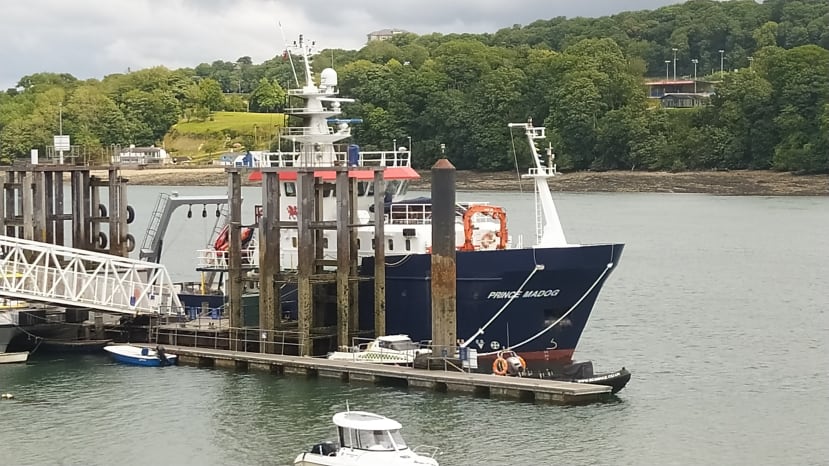
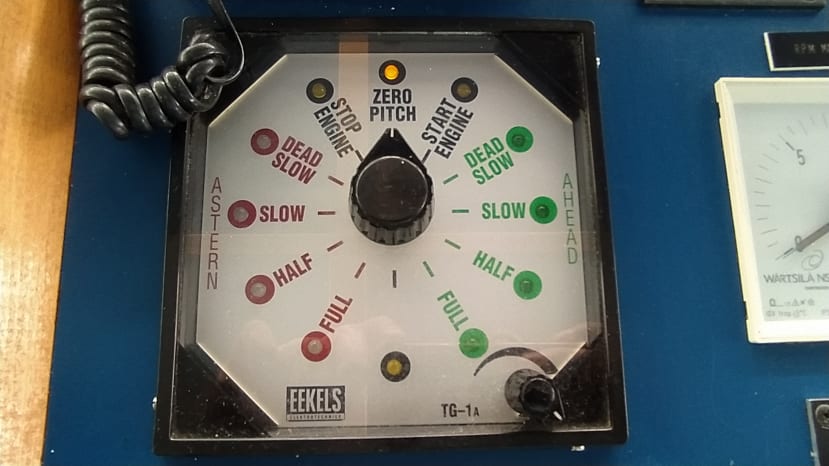
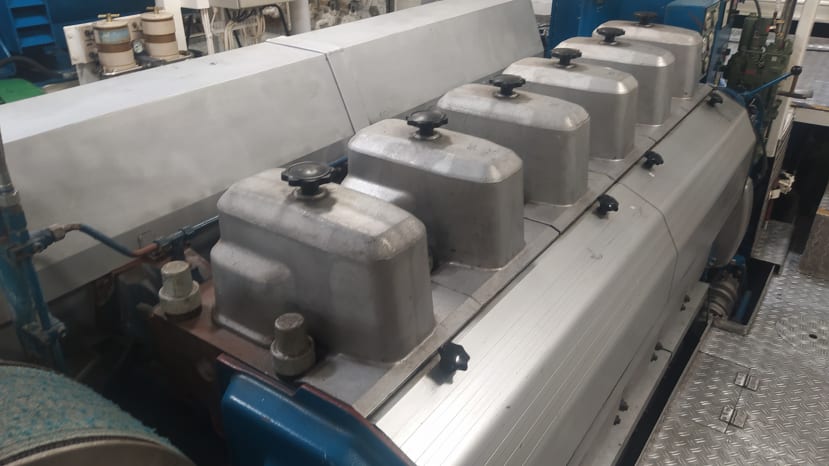
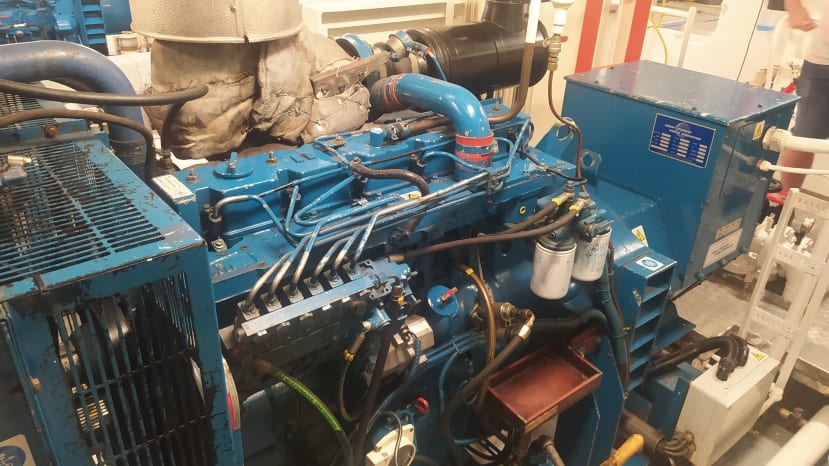
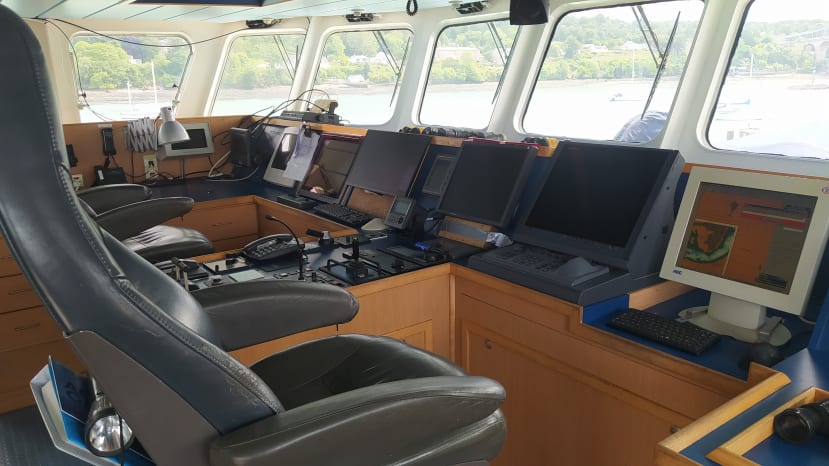
Comments